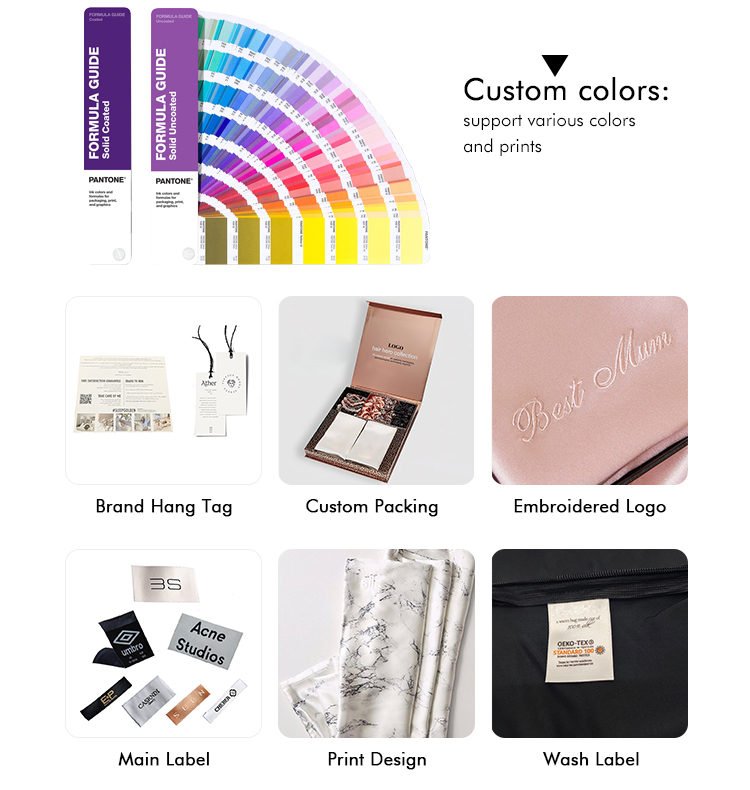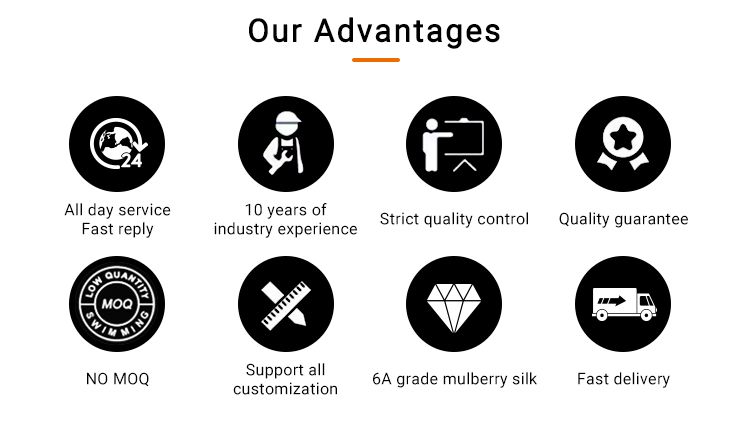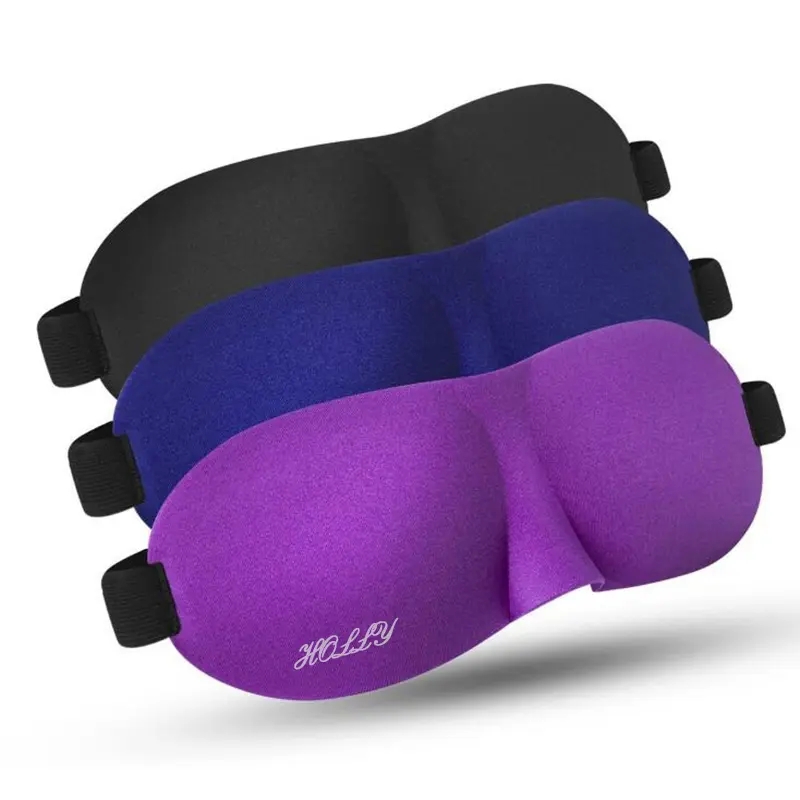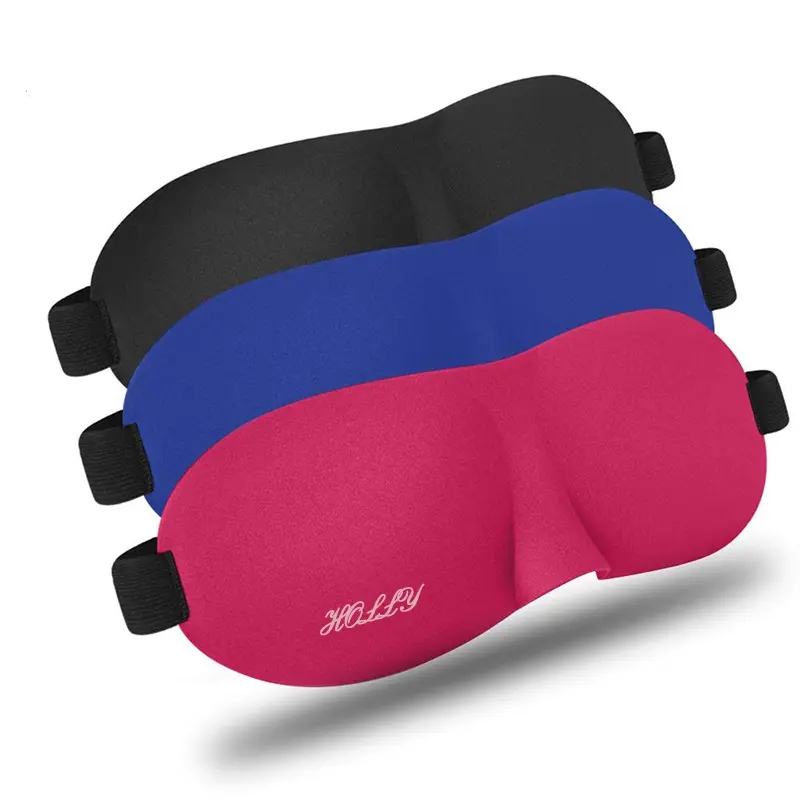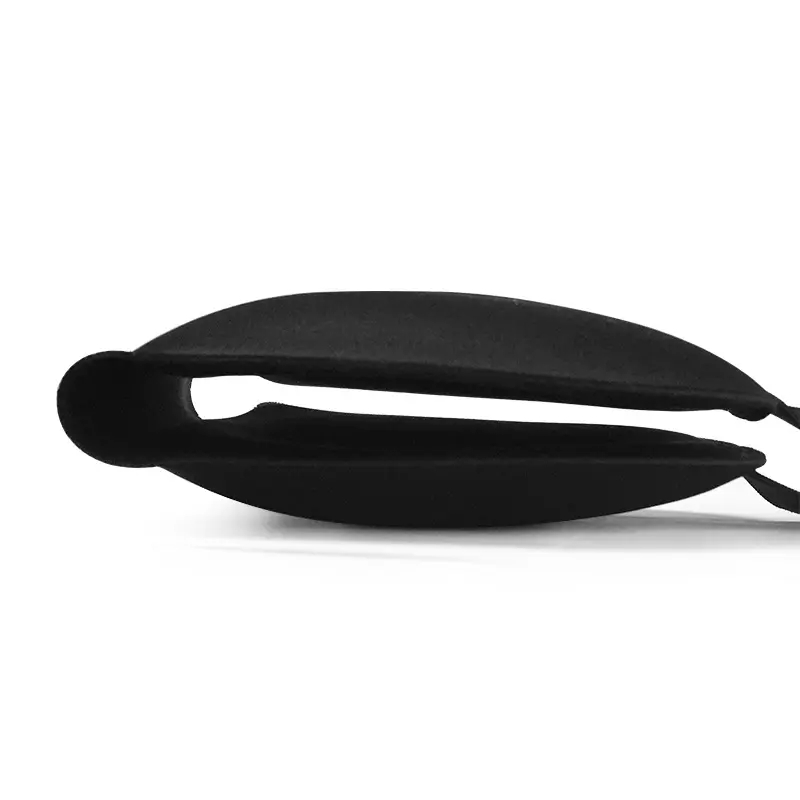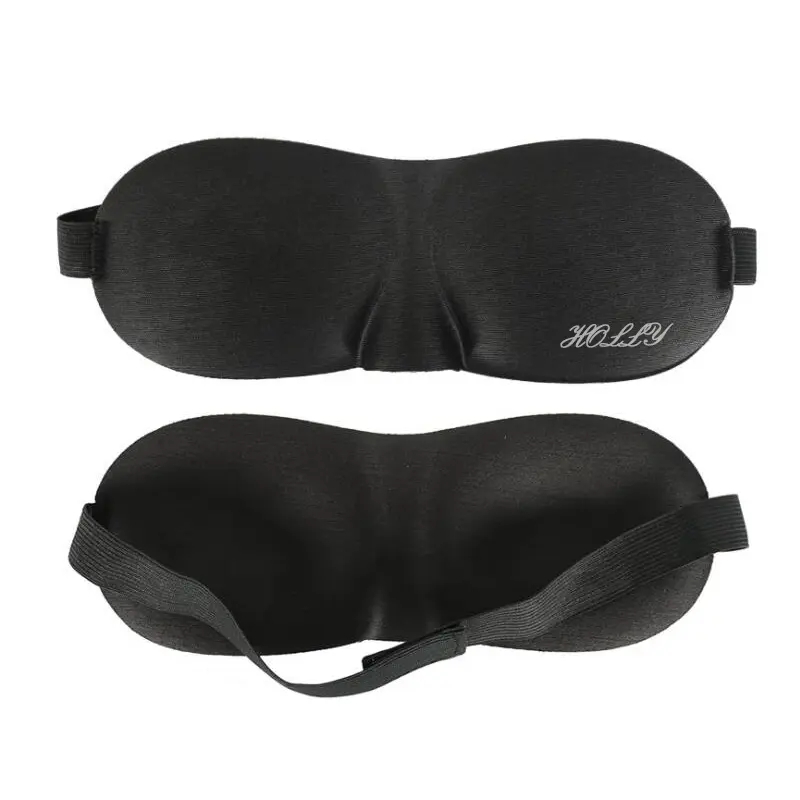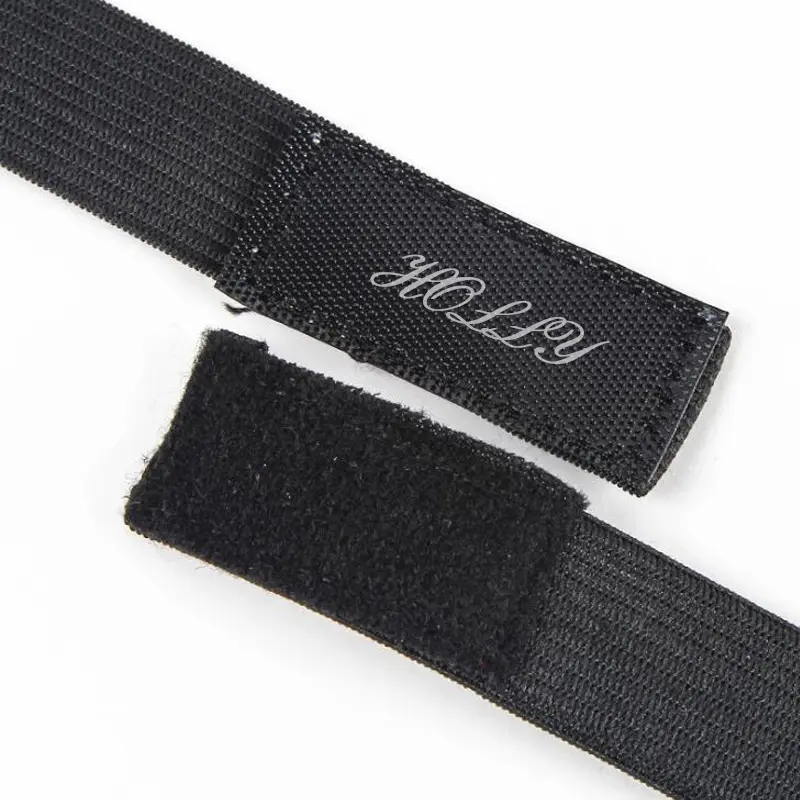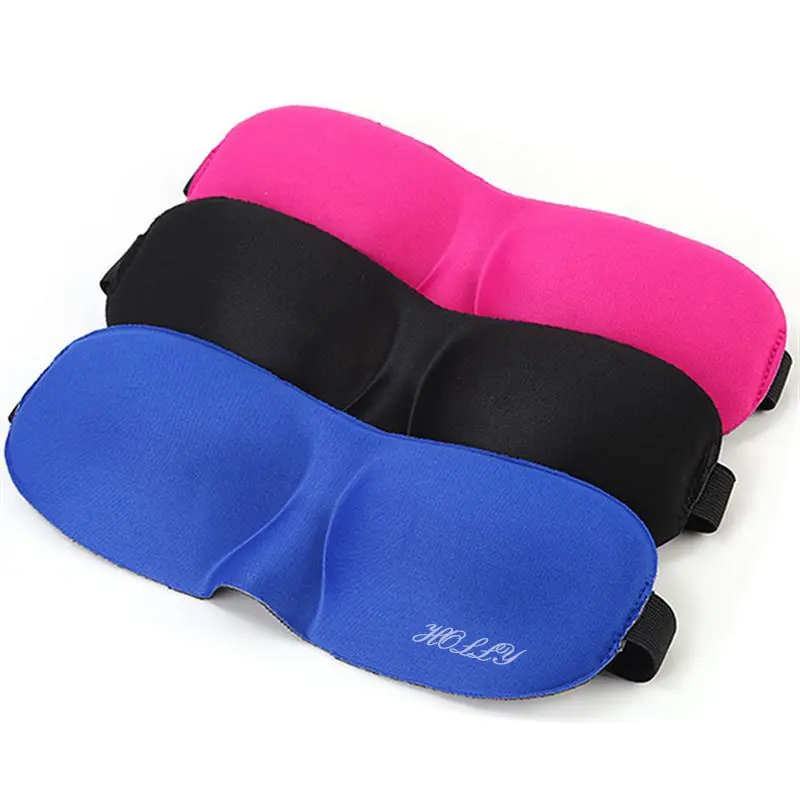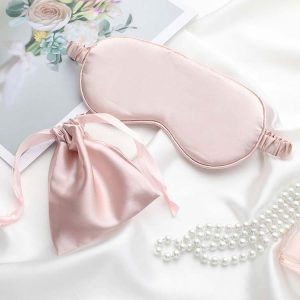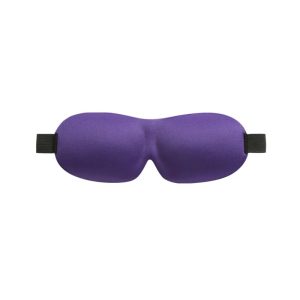Eye masks can be packaged in various ways, depending on the manufacturer, brand, and product type. Here are some common packaging methods:
- Plastic Bag Packaging: Eye masks are often placed in transparent plastic bags to protect them from dust and dirt. This packaging method is typically simple and cost-effective.
- Paper Box Packaging: Eye masks can be packed in specially designed paper boxes, giving the packaging a more upscale appearance. The box may include product information, brand logos, and usage instructions.
- Plastic Box Packaging: Some eye masks may come in plastic boxes, providing better protection against damage and the option for reuse. These boxes often feature transparent windows to showcase the eye mask’s design and color.
- Minimalist or No Packaging: Some eye masks are designed to be very minimalistic and may come with no additional packaging. They are sold as-is on store shelves or online, suitable for brands that emphasize eco-friendliness and minimal waste.
- Pouch Packaging: Eye masks can be placed in fabric or cloth pouches, which serve as storage and protective packaging. These pouches can also be used as gift packaging.
- Gift Packaging: Some eye masks are designed as gift sets, often including the eye mask itself and other related items like earplugs, soothing eye masks, or travel accessories. These sets typically come in fancy gift boxes and are suitable for gifting.
Each brand and product has its unique packaging style, aiming to attract consumers, protect the product, and convey brand values. Therefore, the packaging of eye masks can vary based on the brand, market positioning, and consumer demands.
Eye masks are typically made from various materials, each with distinct characteristics to meet different needs. Here are some common eye mask materials and their features:
- Silk: Silk eye masks are soft, smooth, and very comfortable, suitable for sensitive skin. They also have a luxurious feel, making them ideal for use in upscale hotels or high-end spas.
- Cotton: Cotton eye masks are breathable and suitable for long-term wear. They are typically soft and easy to clean, making them suitable for everyday use.
- Memory Foam: Memory foam eye masks can conform to the shape of your face, providing a better fit and light-blocking effect. This material can also reduce pressure around the eyes, aiding relaxation.
- Gel: Some eye masks contain gel fillings that can be chilled for soothing eye puffiness and fatigue. These are often used for hot/cold therapy.
- Velvet or Fleece: Velvet or fleece eye masks are soft and warm, making them suitable for use in colder weather. They offer additional warmth.
- Synthetic Materials: Some eye masks are made from synthetic materials such as polyester or nylon. They are typically lightweight, durable, easy to maintain, and clean.
- Bamboo Fiber: Bamboo fiber eye masks have natural antimicrobial properties and moisture-wicking capabilities, making them suitable for warmer seasons.
- Polyester or Acrylic: These synthetic fiber materials are often used for sports or travel eye masks because they are lightweight, durable, and quick-drying.
Different materials are suitable for different purposes and preferences. You can choose an eye mask material based on its primary function, comfort, warmth, material quality, and personal preferences.
